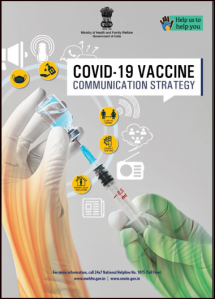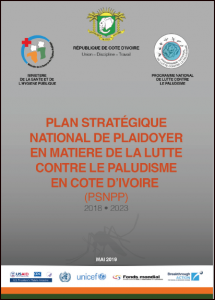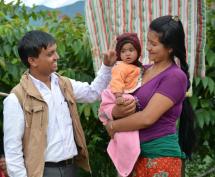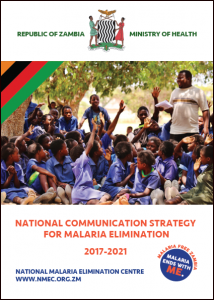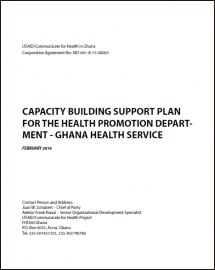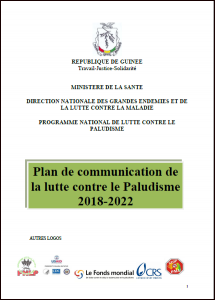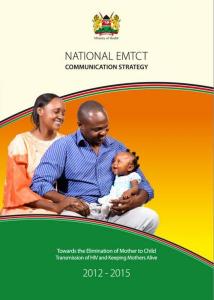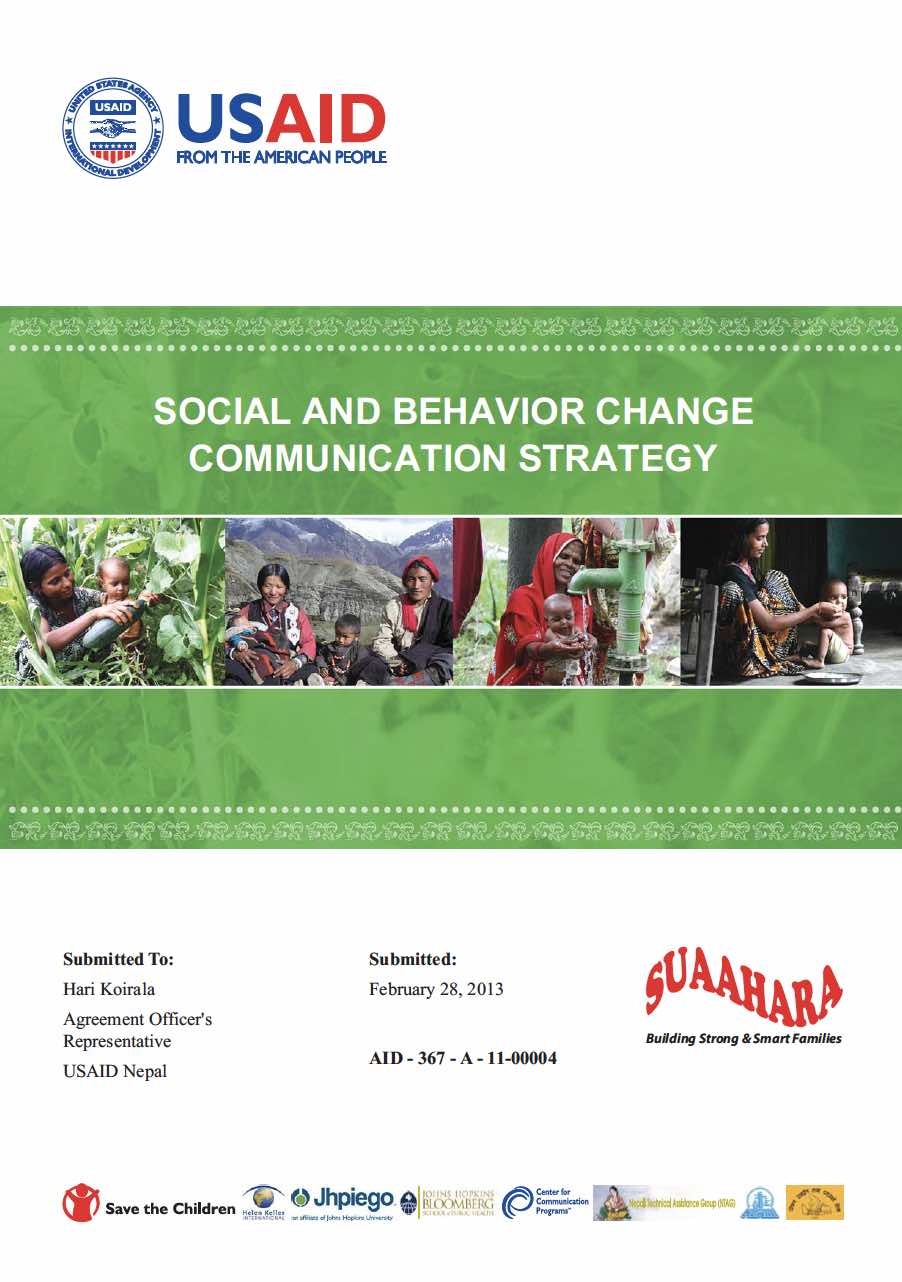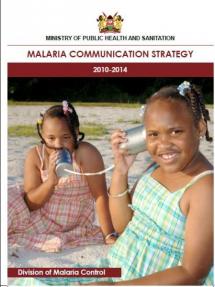COVID-19 Vaccine Communication Strategy, India
This communication strategy supports the COVID-19 vaccines rollout in India and seeks to disseminate timely, accurate and transparent information about the vaccine(s) to alleviate apprehensions about the vaccine, ensure its acceptance and encourage uptake.
The strategy will also serve to guide national, state and district level communication activities, so that the information on the COVID-19 vaccines and vaccination process reaches all people, across all states in the country.
The strategy aims to accomplish these goals by:
- Managing and mitigating any potential disappointment expressed by unmet demand for the vaccine or ‘eagerness’ amongst people
- Addressing vaccine ‘hesitancy’ that could arise because of apprehensions around vaccine safety, efficacy; and any other myths and misconceptions
- Provide information on potential risks and mitigate unintended crisis (e.g. AEFI clusters, delay in vaccine rollout for certain population categories) during the introduction and rollout
Source: Government of India, Ministry of Health and Family Welfare
Date of Publication: January 12, 2021
SIMILIAR RESOURCES
Tools
Examples
- COVID-19 Vaccine Introduction Toolkit
- Vaccine Confidence: A Global Analysis Exploring Volatility, Polarization, and Trust
- What is the World Doing about COVID-19 Vaccine Acceptance?
- The Public’s Role in COVID-19 Vaccination: Planning Recommendations Informed by Design Thinking and the Social, Behavioral, and Communication Sciences
- Unpacking the Root Causes and Consequences of Vaccine Hesitancy
- A Guide to WHO’s Guidance on COVID-19
- Orientation to National Deployment and Vaccination Planning for COVID-19 Vaccines
- Report of the Sage Working Group on Vaccine Hesitancy
- COVID-19 Vaccination Communication
- Physical Distancing, Face Masks, and Eye Protection for Prevention of COVID-19

